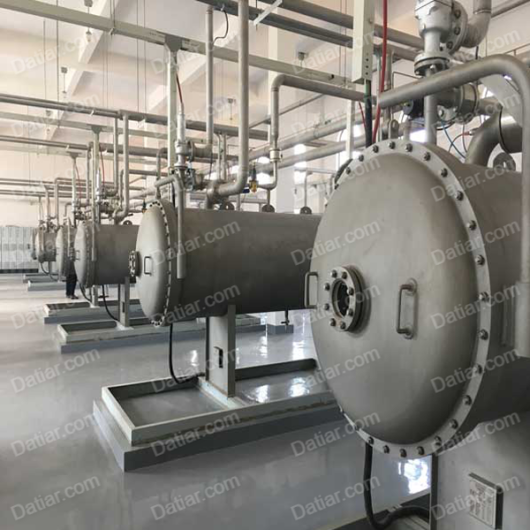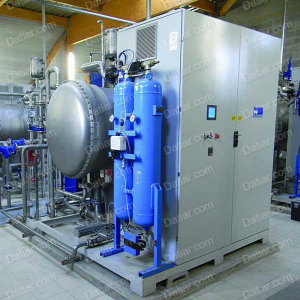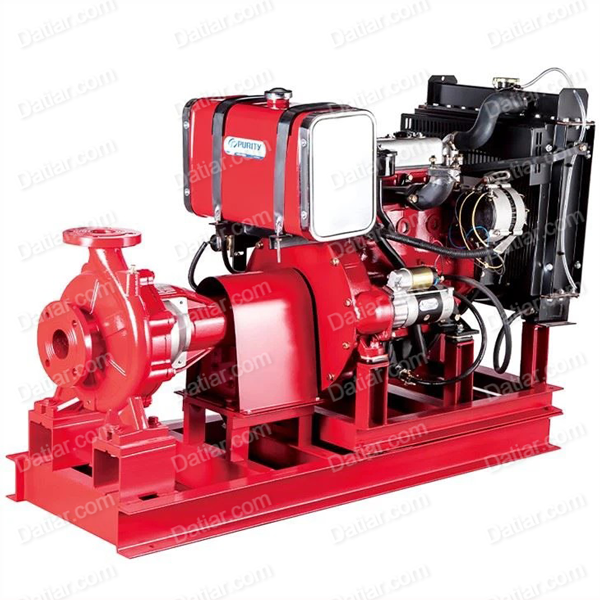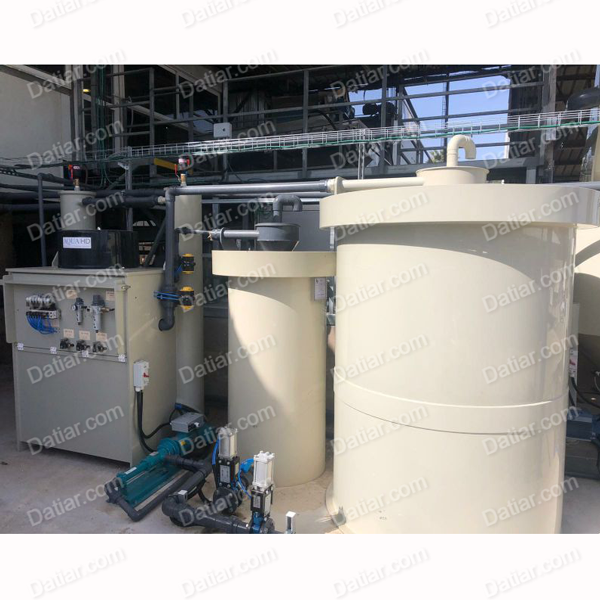Ozonation
Ozonation, also known as ozonisation, is a sophisticated chemical water treatment method centered around infusing water with ozone. Ozone, a gas consisting of three oxygen atoms (O3), is an exceptionally potent oxidant. Ozonation falls within the category of advanced oxidation processes, generating highly reactive oxygen species capable of targeting a broad spectrum of organic compounds and microorganisms. The application of ozone in water treatment spans disinfection and the degradation of both organic and inorganic pollutants. Ozone production involves subjecting oxygen (O2) to high electric voltage or UV radiation, albeit the process requires significant energy, thus incurring costs.
Advantages:
– Swift Microbial Reaction: Ozone rapidly reacts with bacteria, viruses, and protozoa across a wide pH range.
– Enhanced Germicidal Properties: Its germicidal prowess surpasses that of chlorination.
– Chemical-Free Treatment: Ozone treatment introduces no additional chemicals to water.
– Versatile Pollutant Degradation: Ozone effectively degrades both organic and inorganic substances.
– Removal of Color, Taste, and Odor: Ozone eliminates undesirable color, taste, and odor.
Disadvantages:
– High Equipment Costs: The setup cost for ozonation equipment can be relatively high.
– Energy Intensive: Ozone production necessitates substantial energy consumption.
– Expertise Requirement: Qualified professionals are necessary for system design and maintenance.
– Disinfection By-Products (DBPs): In the presence of bromine, potentially harmful DBPs can form.
– Lack of Residual Effect: Unlike some treatments, ozone does not leave a residual effect in distribution systems.
– Fire Hazard and Toxicity: Ozone generation can pose fire hazards and toxicity concerns.
Ozonation gained traction as a treatment alternative in the United States following regulatory restrictions on disinfection byproducts, particularly trihalomethane levels.
Ozone water treatment systems comprise four fundamental components:
– A gas feed system
– An ozone generator
– An ozone contactor/tank
– An off-gas destruction system
When selecting the ozone generation unit, design engineers must address key design considerations, such as:
– Size and number of ozone generators
– Energy cost and oxygen availability
– Feed gas treatment system type
– Component reliability
– Operation and maintenance expenses
– Ozone contactor design
– Off-gas destruction, which can involve catalysts like UV and hydrogen peroxide.
By leveraging the power of ozone, water treatment processes can achieve efficient disinfection and pollutant removal. If you need further information or have specific inquiries, please feel free to reach out.







